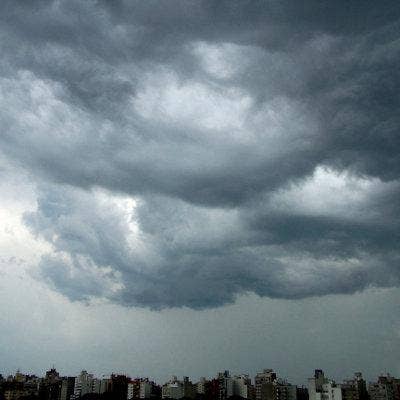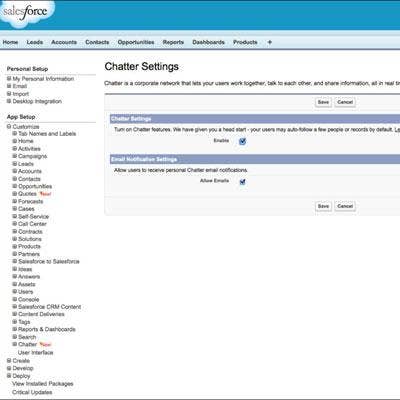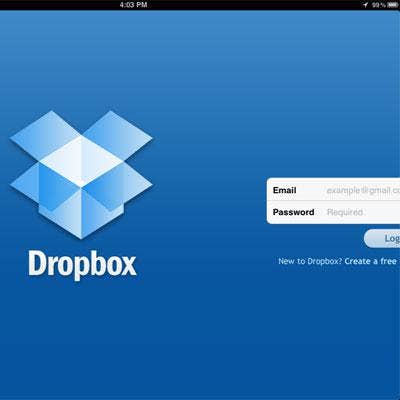The 10 Biggest Cloud Outages Of 2012

Just How Reliable Is The Cloud?
In 2012, outages hit cloud hosting companies with regularity, creating a sense that they are no longer extraordinary events, but rather a normal part of the cloud computing business model.
Best practices now call for customers to enter into redundant service contracts to ensure backup service.
Continued outages have contributed to the feeling that businesses shouldn't put their core assets in a public cloud, and as a result, cloud vendors in 2012 ramped up sales of hybrid cloud services, enabling companies to manage their own private clouds.
Continue on and see some of the biggest cloud outages of the year.

10. Tumblr
The blogging platform Tumblr was brought down for several hours Dec. 3 by a bug from an anti-blogging, hacker group called GNAA, which claimed its attack affected more than 8,600 users.
Tumblr didn't explain the cause of the outage but posted a note saying no accounts were compromised and that users did not have to take any further action.

9. GoDaddy
GoDaddy, a cloud hoster for thousands of SMBs and small websites, on Sept. 10 lost service for six hours.
The company said the outage was caused by a series of internal network events that corrupted router data tables, and not by an attack from Anonymous (pictured), as the hacker group claimed.
One month later, GoDaddy announced it would shutter its cloud business, informing its SMB customers it will focus on other parts of its SMB business.

8. Salesforce.com
On July 10, some Salesforce.com services were interrupted by a power outage caused by faulty equipment upgrades in the company's West Coast data centers, knocking out power to some customers for up to two days, Network World reported.
The incident followed another, on June 28, when a software bug caused a failure of Salesforce.com's storage tier.

7. Dropbox
Cloud storage company Dropbox on Oct. 26 experienced an outage for several hours.
The company displayed a message on its website that said, "Error: Something went wrong. Don't worry, your files are still safe and the Dropboxers have been notified."
The Dropbox outage occurred the same day as outage from Google App Engine and a second, smaller service interruption at Tumblr.
The interruptions led many to link the issues to an undetermined slowdown of Internet availability, although an exact cause has never been determined.

6. Google Talk
Google Talk, the chat service used by Google Gmail customers, went down for almost five hours on July 27.
Google's Talk Service dashboard kept customers updated throughout the outage, and Google apologized when the service was restored, saying in part: "Please rest assured that system reliability is a top priority at Google, and we are making continuous improvements to make our systems better."

5. Google App Engine
Google was also victimized on Oct. 26, when Google App Engine, the platform for developing and hosting Web applications in Google-managed data centers, lost service for about four hours, suffering slowness and errors. As a result, 50 percent of requests to the App Engine failed.
The company said no data was lost and application behavior was restored.
Google said it's bolstering its network service to fight traffic latency. "In response to this incident, we have increased our traffic-routing capacity and adjusted our configuration to reduce the possibility of another cascading failure," the company said.

4. Microsoft Office 365
Microsoft Office 365 customers were hit twice in November by outages that knocked out their email service.
"All of us in the Office 365 team and at Microsoft appreciate the serious responsibility we have as a service provider to you, and we know that any issue with the service is a disruption to your business -- that's not acceptable," wrote Rajesh Jha, corporate vice president of the Microsoft Office Division, in a blog post about the outages.
Customers in North and South America suffered an eight-hour outage of their Office 365 Exchange Online service on Nov. 8, resulting in "prolonged mail flow delays" for customers, Jha said. The second email service outage, on Nov. 15, lasted for more than five hours.

3. Microsoft Windows Azure
Microsoft Windows Azure, the company's cloud computing service, went down for about 2.5 hours on July 26, cutting service to the company's Western European customers.
The company attributed the service interruption to a "misconfigured network device that disrupted traffic to one cluster in our West Europe subregion."

2. Microsoft Windows Azure, Again
On Feb.28-29, Microsoft Windows Azure suffered an extensive, worldwide outage that lasted more than 24 hours for some users and was caused by what has become known as the "leap year bug."
Microsoft said the outage was caused by a software bug related to a "time calculation that was incorrect for the leap year," which apparently threw off digital certificates used to authenticate critical internal systems.
Some customers reacted angrily, saying Microsoft failed to communicate adequately.
"What I've noticed is a complete lack of estimates on issues will be resolved. What is the reasons behind Microsoft not informing its customers when the issue will be resolved?" Nitramafve wrote on an Azure chat board.

1. Amazon, Again And Again
Amazon suffered from two outages in 2012, and one in 2011.
On June 14, a service disruption in Amazon's Virginia data centers stopped operations for about six hours, affecting scores of customers. On April 21, 2011, Amazon cloud services went down for several hours, and in some cases days, in its same North Virginia data center.
On Oct. 22, Amazon Web Services went down in its Northern Virginia market, causing website outages in an unknown number of companies. The latest outage seemed to show that if the leading public cloud infrastructure provider was vulnerable to repeated outages, what provider could guarantee continuous uptime?